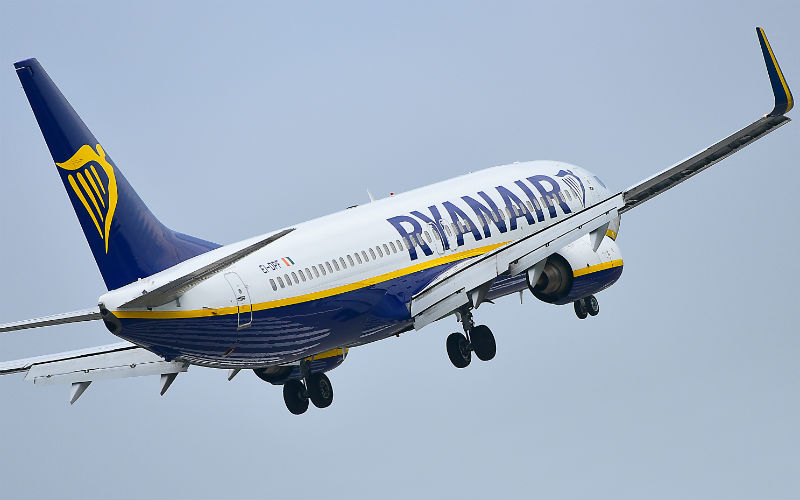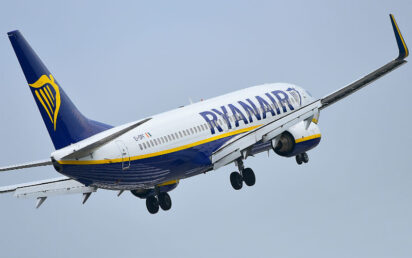Aeroplanes returned to our skies with more regularity this week.
On Wednesday Ryanair began a daily schedule of 1,000 flights while other airlines have also restarted cut-down versions of their schedules. The European Union has partially reopened its borders to a select list of outside countries.
It is welcome relief for an industry brought to its knees after coronavirus halted all international travel in one fell swoop. However COVID-19 is still with us – so what is it doing to prevent further spread of the virus?
SITA is the technology provider for the air transport industry and is helping airports and airlines safely resume operations and implement new hygiene measures.
“The past few weeks have seen airlines across the globe tentatively take to the skies,” Sebastien Fabre, its Vice-President, Airline & Airport, told an Aviation Week webinar.
“Our industry must transform the passenger experience to increase traveller safety while balancing economic pressures from slow customer demand.
“To successfully walk this tightrope and navigate a return to the skies for viable volumes of passengers, airports and airlines need to assimilate new information from governments and health officials, adapt operations immediately and automate processes permanently.”
SITA has introduced solutions that allow passengers to use their mobile device as a remote control for touchpoints such as self-bag drop and check-in kiosks, removing the need to touch any airport equipment.
“For example, at San Francisco Airport, [we have introduced] SITA Flex, which in future will enable a full mobile and touchless passenger journey. This means travelers can print bag tags from their mobile phone on self-service bag points.”
He noted that technology would be fundamental in helping airlines and airports to be compliant with new and fast-changing regulations to restore passenger’s confidence in flying.
New preventive measures aimed at limiting risk in the airport and onboard will require a new approach to passenger management.
Fabre stated that SITA was rapidly rolling out new solutions that addressed the above challenges, complementing short term hygiene measures such as the use of masks and gloves.
Real-time monitoring technologies, along with predictive analytics, allows for appropriate distancing between passengers at key points across the airport. Predictive analytics also support more proactive planning.
There is also an opportunity to extend the boundaries of the airport where key steps such as check-in and bag drop are managed before arriving at the terminal through a passenger’s mobile.
SITA is also helping reduce the risk of infection by avoiding contact at key touchpoints. Using a combination of biometric and mobile solutions, passengers no longer have to touch a kiosk or surface, managing their journey from their phone.
In addition to integrating health or thermal checks into key touchpoints such as check-in kiosks, governments will be able to use pre-boarding check and perform analytics on passenger journey data to identify and mitigate potential health risks.
Fabre said that for airports not equipped with the native mobile platform, SITA uses technology to remotely control self-service devices such as kiosks with a mobile phone, removing the need to touch any airport equipment.
Jeremy Springall, Vice-President Border Management, SITA said: “A critical element will be for governments to harmonise the approach to checking the validity of health status and sharing this information effectively.
“Many governments are taking a layered approach to border management, starting well in advance of travel, to identify high-risk passengers before arrival in the destination country, in turn easing the restrictions for low-risk travellers.
“It’s crucial that health checks in terms of a health ETA or declaration are performed, perhaps up to 72 hours before departure. We’re already starting to see this happen around the world in countries like Thailand and Singapore.”
Springall says SITA has helped airports identify passengers arriving from high-risk areas who would then be asked to self-isolate at home for 14 days to prevent the spread of COVID-19.
Later SITA adapted operations to identify travellers who were sitting in the rows around these passengers during a flight so adequate protocols could be applied to those passengers as well.


